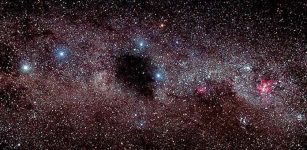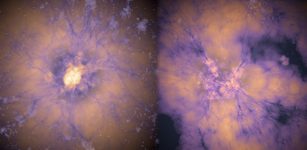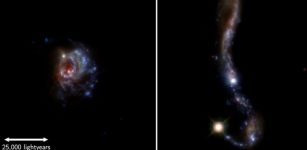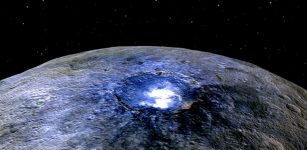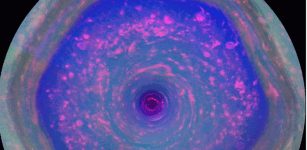Unknown Signals Picked Up Near Red Dwarf Star Ross 128
MessageToEagle.com – While studying red dwarf stars, astronomers discovered something strange. Unknown signals were picked up near red dwarf Ross 128, located about 11 light-years from Earth, and astronomers are uncertain what is causing them.
The signals were first picked up in May by scientists at the Arecibo Observatory in Puerto Rico. The pulsing signals in the 10-minute dynamic spectrum appeared to be coming from deep space, possibly from the red dwarf.
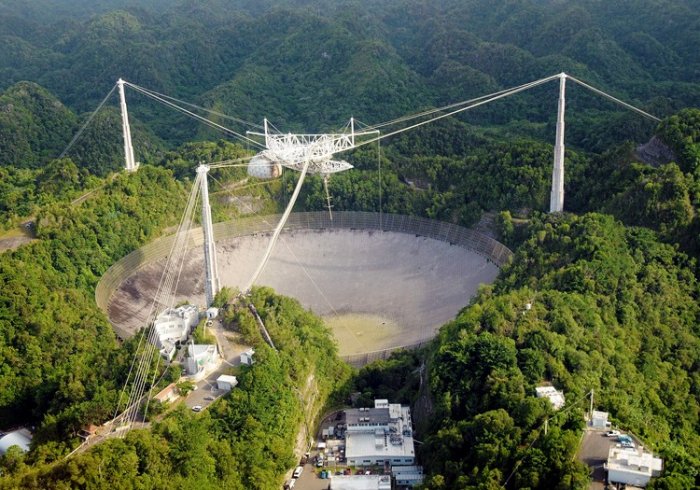
“The signals consisted of broadband quasi-periodic non-polarized pulses with very strong dispersion-like features. We believe that the signals are not local radio frequency interferences (RFI) since they are unique to Ross 128 and observations of other stars immediately before and after did not show anything similar, “astronomers from the Arecibo Observatory say.
See also:
Mysterious Deep Space Signals Can Originate From An Extraterrestrial Probe – Physicists Say
Several Unknown Signals From Far Beyond Our Galaxy Detected By Astronomers
Mysterious Powerful Signal Picked Up From The Edge Of Leo Constellation
The origin of these signals is unknown, but there are few possibilities. They could be emissions from Ross 128 similar to Type II solar flares.
Red dwarf 128 is a very active star that flares frequently, radio signals from flares are usually at much lower frequencies than the ones detected by Arecibo. Then again, it could be an entirely new type of solar flare never seen before. The waves could be coming from something else in deep space within the field of view of Ross 128. The problem is that there isn’t anything nearby. At least nothing we know about.
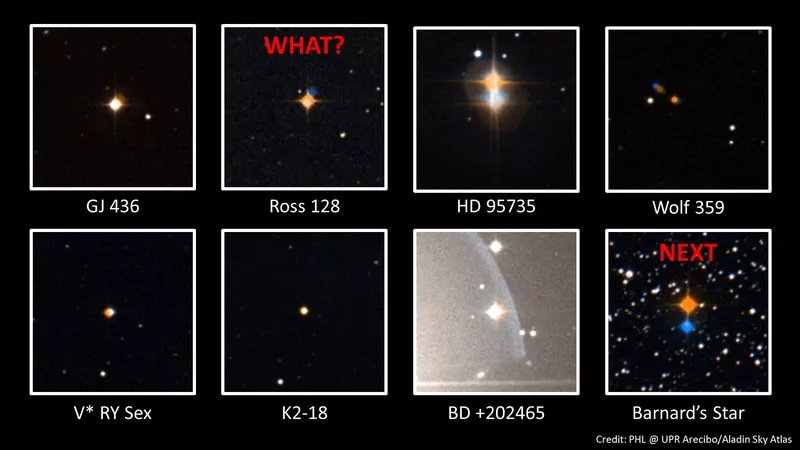
Another possibility is that astronomers have discovered burst from a high orbit satellite since low orbit satellites are quick to move out of the field of view, but astronomers say that we have never seen satellites emit bursts like that, which were common in our other star observations.
Astronomers say they are considering the aliens hypothesis, but currently it is at the bottom of many other better explanations.
“Therefore, we have a mystery here and the three main explanations are as good as any at this moment. Fortunately, we obtained more time to observe Ross 128 next Sunday, July 16, and we might clarify soon the nature of its radio emissions, but there are no guarantees.” Abel Méndez, director of the Planetary Habitability Laboratory at the University of Puerto Rico at Arecibo said.
MessageToEagle.com

